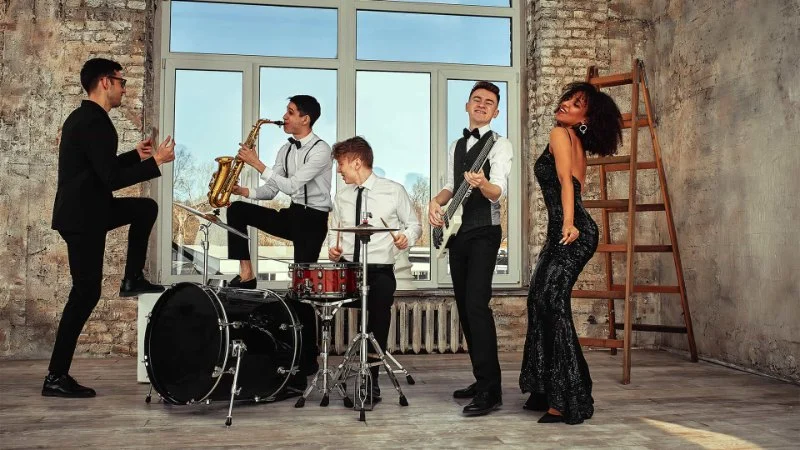
- 1- Introduction: The Connection Between Music and Dance
- 2- The Role of Music Theory in Dance
- 3- How Rhythm and Movement Align in Dance
- 4- Music's Influence on Choreography
- 5- Practical Applications: Integrating Music and Dance
1- Introduction: The Connection Between Music and Dance
Music and dance have been intertwined for centuries, each influencing the other in profound ways. While music provides the foundation for many dance forms, it also shapes the way movements are executed, interpreted, and expressed. Understanding the relationship between music theory and dance is crucial for dancers, choreographers, and musicians alike, as it creates a synergy that elevates the artistic experience.

Rock City Dance Center - Conway / rock city dance center conway
1058 Front St #102, Conway, AR 72032, USA
2- The Role of Music Theory in Dance
Music theory is the study of the language and structure of music. It encompasses aspects like rhythm, melody, harmony, and form. These elements not only define music but also serve as a framework for dance. For example, a dancer’s movements often align with the rhythm and timing of the music, which is directly influenced by the structure of the musical composition.
For dancers, understanding the basic concepts of music theory can enhance their performance, as it allows them to feel the music more deeply and move in harmony with the beats. Whether it's recognizing the pattern of a waltz or following the accents in a hip-hop track, knowing how to interpret the music helps a dancer connect their body with the music in a more fluid and expressive way.
3- How Rhythm and Movement Align in Dance
Rhythm is a central element in both music and dance. It dictates the timing and pace of the movements, whether slow and graceful or fast and energetic. The relationship between rhythm and movement is one of the most noticeable ways music theory and dance interact. Dancers often rely on the rhythm of the music to synchronize their steps, align with musical accents, and express the mood of the piece.
For example, in ballet, a dancer might follow a 4/4 time signature, where each movement is timed with the beat of the music. In contrast, in jazz or tap dance, dancers may use syncopation, a technique where movements happen slightly off the beat, creating a sense of surprise or tension. Understanding how rhythm works in music theory helps dancers adapt to different musical styles and incorporate them into their movements.
4- Music's Influence on Choreography
Choreography is the art of designing dance movements in relation to music. When choreographers create routines, they take into account the musical structure, rhythm, and dynamics to craft movements that complement the sound. For instance, a slow and melodic piece might inspire fluid, sweeping motions, while a fast-paced, upbeat track could lead to sharper, more angular movements.
Music also helps to set the tone and atmosphere of the dance. A dramatic symphony might lead to a powerful, emotional performance, while an energetic pop song could inspire fun, playful choreography. Choreographers often use music theory to identify key changes in the music that signal transitions in the dance, such as shifts in tempo or changes in harmony that reflect different moods or themes.
5- Practical Applications: Integrating Music and Dance
For both dancers and choreographers, understanding how to integrate music and dance is essential for creating impactful performances. In dance classes, instructors often use music theory to help students grasp the nuances of rhythm, timing, and musical interpretation. This allows dancers to move beyond simply memorizing steps and focus on becoming more attuned to the music's emotional and physical cues.
One practical application of integrating music theory into dance is through improvisation. Dancers who understand the theory behind the music can improvise more freely, allowing their movements to flow naturally with the music's progression. This skill is particularly valuable in contemporary dance, where improvisation plays a major role in performances.
Conclusion
The relationship between music theory and dance is a deep and dynamic one, where each element enhances the other. Music provides the rhythm, timing, and mood that inform dance movements, while dance expresses the emotional and physical interpretation of the music. By understanding the theory behind music, dancers can refine their technique, improve their timing, and create more compelling performances. For those seeking to explore this relationship further, Creative Edge Dance Studio offers the perfect environment to enhance your dance experience with expert instructors and music theory integration.
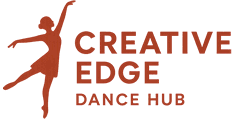

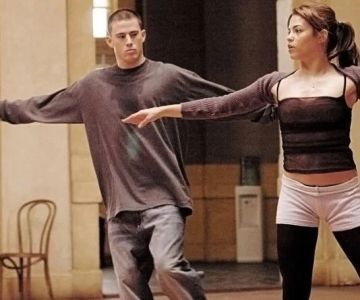
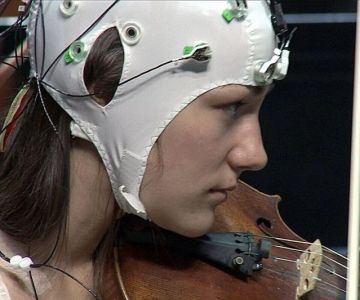


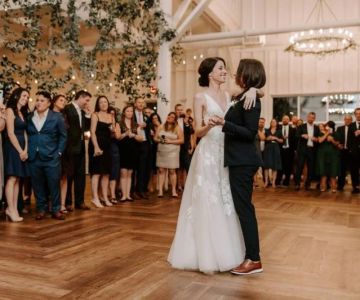
 Elite Ballroom Dance Academy and Event Venue4.0 (61 reviews)
Elite Ballroom Dance Academy and Event Venue4.0 (61 reviews) Ny Rhythm Dance Academy5.0 (3 reviews)
Ny Rhythm Dance Academy5.0 (3 reviews) DanceLine4.0 (32 reviews)
DanceLine4.0 (32 reviews)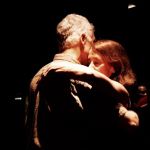 Annapolis Tango, Fábrica Tango5.0 (7 reviews)
Annapolis Tango, Fábrica Tango5.0 (7 reviews) Just Sole X Snipes Dance Studio5.0 (1 reviews)
Just Sole X Snipes Dance Studio5.0 (1 reviews)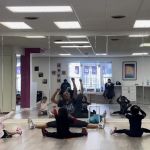 Destiny Dance LLC5.0 (10 reviews)
Destiny Dance LLC5.0 (10 reviews) The Best Dance Styles for Men to Build Strength and Confidence
The Best Dance Styles for Men to Build Strength and Confidence How I Built Confidence to Lead a Dance Masterclass — My Personal Journey
How I Built Confidence to Lead a Dance Masterclass — My Personal Journey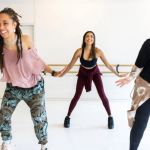 The Best Dance Styles for People Who Love a Challenge – Explore Complex and Fun Dance Styles
The Best Dance Styles for People Who Love a Challenge – Explore Complex and Fun Dance Styles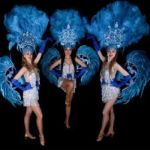 What is Samba No Pé? Brazilian Carnival Solo Dance | Creative Edge Dance Studio
What is Samba No Pé? Brazilian Carnival Solo Dance | Creative Edge Dance Studio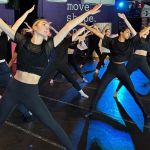 How to Deal with Sweat and Hygiene in Group Dance Classes | Creative Edge Dance Studio
How to Deal with Sweat and Hygiene in Group Dance Classes | Creative Edge Dance Studio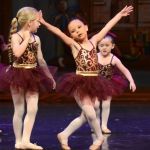 The Science of How Learning Dance Benefits Your Brain
The Science of How Learning Dance Benefits Your Brain